How to Handle a Car Accident Involving a Pedestrian
Table of Contents
- What to Do Immediately After a Car Accident Involving a Pedestrian
- Understanding Your Legal Obligations
- Common Causes of Car Accidents Involving Pedestrians
- Frequently Asked Questions (FAQs) About Car-Pedestrian Accidents
- The Role of Legal Representation in Car-Pedestrian Accidents
- Why You Need Legal Representation for Car-Pedestrian Accidents
Introduction
Accidents are unfortunate, but they happen. One of the most complex and sensitive types of accidents is when a car collides with a pedestrian. Understanding the proper steps to take in this situation is crucial for all parties involved. Whether you’re the driver or a bystander, knowing how to handle a car accident involving a pedestrian can make a significant difference in minimizing harm, ensuring legal compliance, and protecting everyone’s rights.
In this comprehensive guide, we’ll explore the essential steps to take during such incidents. Below, you’ll find a detailed Table of Contents to navigate through the main topics. Additionally, we will explain why having an attorney for such cases is essential for safeguarding your legal and financial interests.
1. What to Do Immediately After a Car Accident Involving a Pedestrian
The moments immediately following a car accident involving a pedestrian are critical. Here are the steps to follow:
- Ensure Safety: Prioritize safety by stopping your vehicle immediately and turning on hazard lights. Move your car to a safe spot if it’s causing a hazard, but ensure this is done only after checking on the pedestrian.
- Check for Injuries: Assess the condition of the pedestrian and yourself. If injuries are severe, call emergency services immediately. Avoid moving the pedestrian unless their location poses a threat, as this could worsen their injuries.
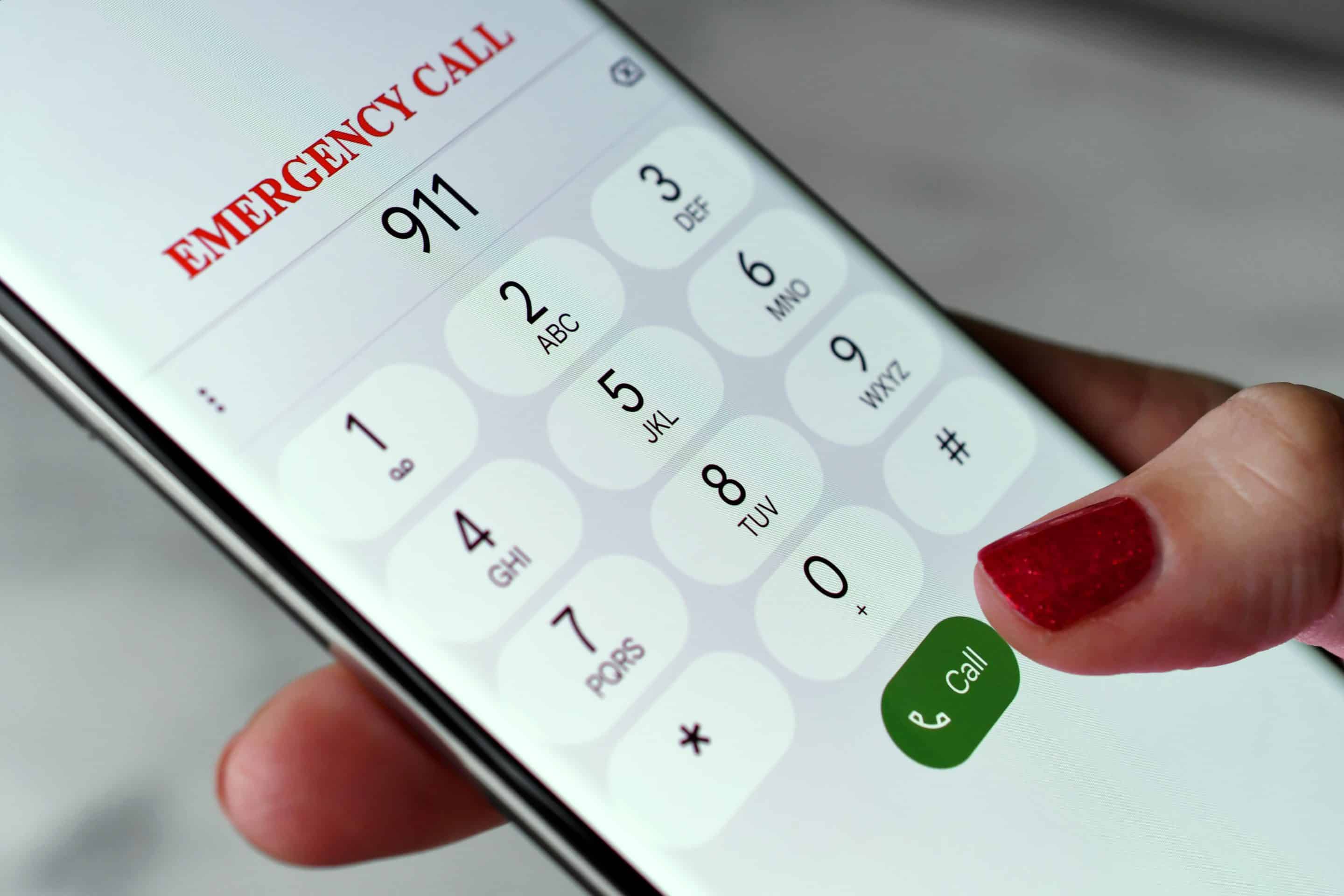
- Call 911: Whether injuries are apparent or not, report the incident to the police. A formal police report is crucial for legal and insurance purposes and ensures proper documentation of the event.
- Provide Assistance: Offer reasonable assistance to the injured pedestrian. This could include basic first aid or ensuring they are comfortable until medical help arrives. Always follow the instructions of emergency responders when they arrive.
- Document the Scene: Take photos of the scene, including the pedestrian’s position, your vehicle, and any relevant road signs or signals. These visuals can serve as evidence in insurance claims or legal proceedings.
- Exchange Information: Share your contact and insurance information with the pedestrian and any witnesses. If possible, collect the pedestrian’s details, such as name and contact information. If there are bystanders, request their accounts and ask for their contact information.
2. Understanding Your Legal Obligations
- Stay at the Scene: Leaving the scene of an accident can lead to criminal charges, even if the pedestrian appears uninjured. Remain at the location until law enforcement allows you to leave.
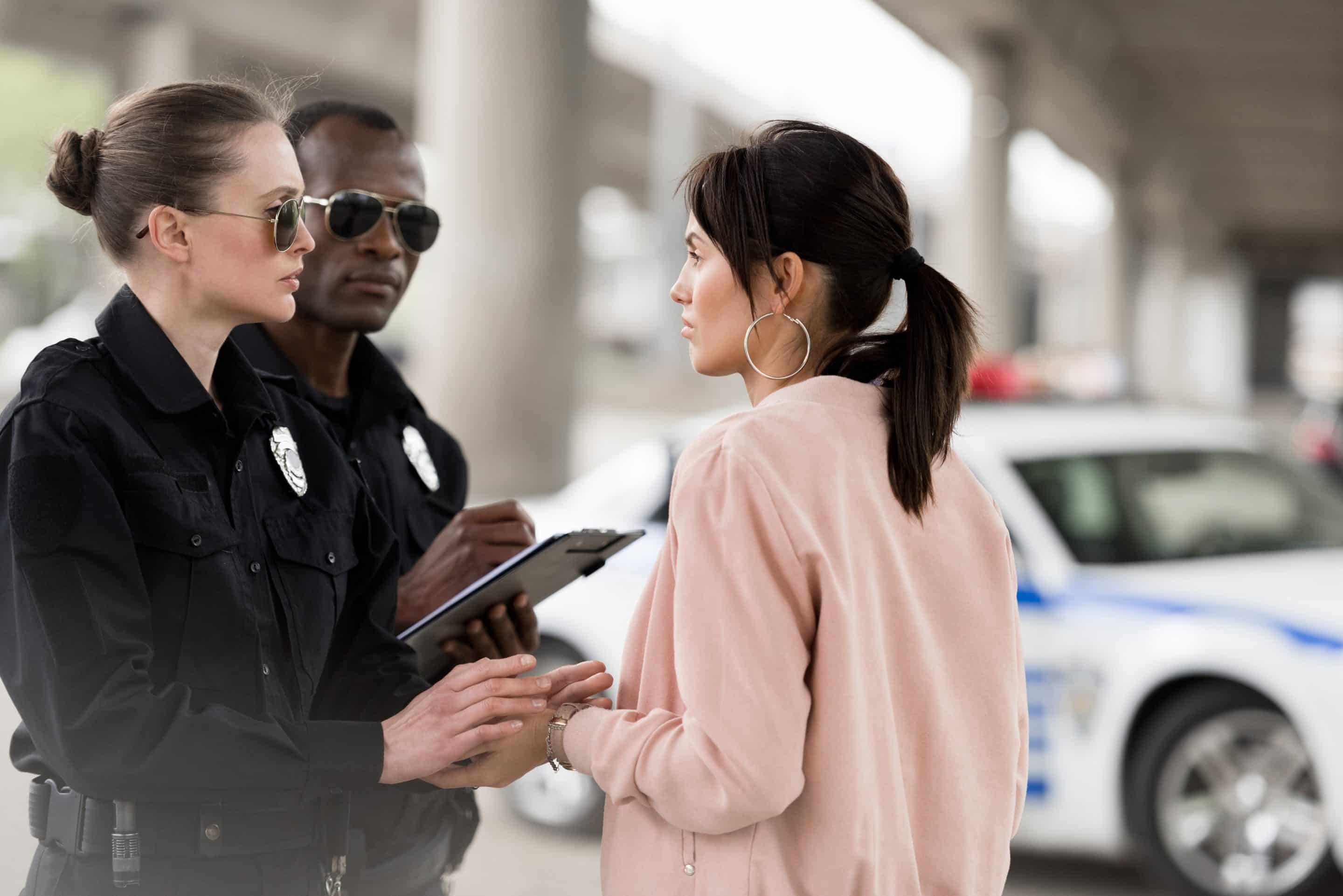
- File a Police Report: In many states, reporting accidents involving pedestrians is mandatory, even if the pedestrian is not visibly injured. Ensure you obtain a copy of the police report for your records.
- Inform Your Insurance Company: Notify your insurance provider about the accident as soon as possible. Failure to do so may complicate claims processing.
- Cooperate with Authorities: Be honest and transparent when providing information to law enforcement. Avoid speculating or admitting fault, as this could impact investigations and legal outcomes.
- Understand Local Laws: Some jurisdictions may have unique requirements for pedestrian accidents, such as additional forms or specific deadlines for filing reports. Consult an attorney if you are uncertain about your obligations.
3. Common Causes of Car Accidents Involving Pedestrians
Understanding the root causes of these accidents can help prevent them in the future. Some of the most common causes include:
- Distracted Driving: Texting, eating, or other distractions can divert attention from the road. Drivers must remain vigilant, especially in areas with heavy pedestrian traffic.
- Jaywalking: Pedestrians crossing outside designated areas contribute to many accidents. Both drivers and pedestrians share responsibility for adhering to traffic laws.
- Speeding: Driving at excessive speeds reduces reaction time and increases the severity of accidents. Always adhere to posted speed limits, especially in residential areas and school zones.
- Poor Visibility: Nighttime, adverse weather, and poorly lit areas can make it difficult for drivers to spot pedestrians. Use high beams appropriately and reduce speed in low-visibility conditions.
- Failure to Yield: Ignoring crosswalks and traffic signals often leads to pedestrian accidents. Drivers should always yield the right-of-way to pedestrians at marked and unmarked crosswalks.
- Impairment: Driving under the influence of alcohol or drugs significantly increases the risk of accidents involving pedestrians.
- Driver Fatigue: Fatigue can impair judgment and reaction time, making it harder to avoid potential collisions with pedestrians.
4. Frequently Asked Questions (FAQs) About Car-Pedestrian Accidents
Q1: Who is at fault in a car accident involving a pedestrian?
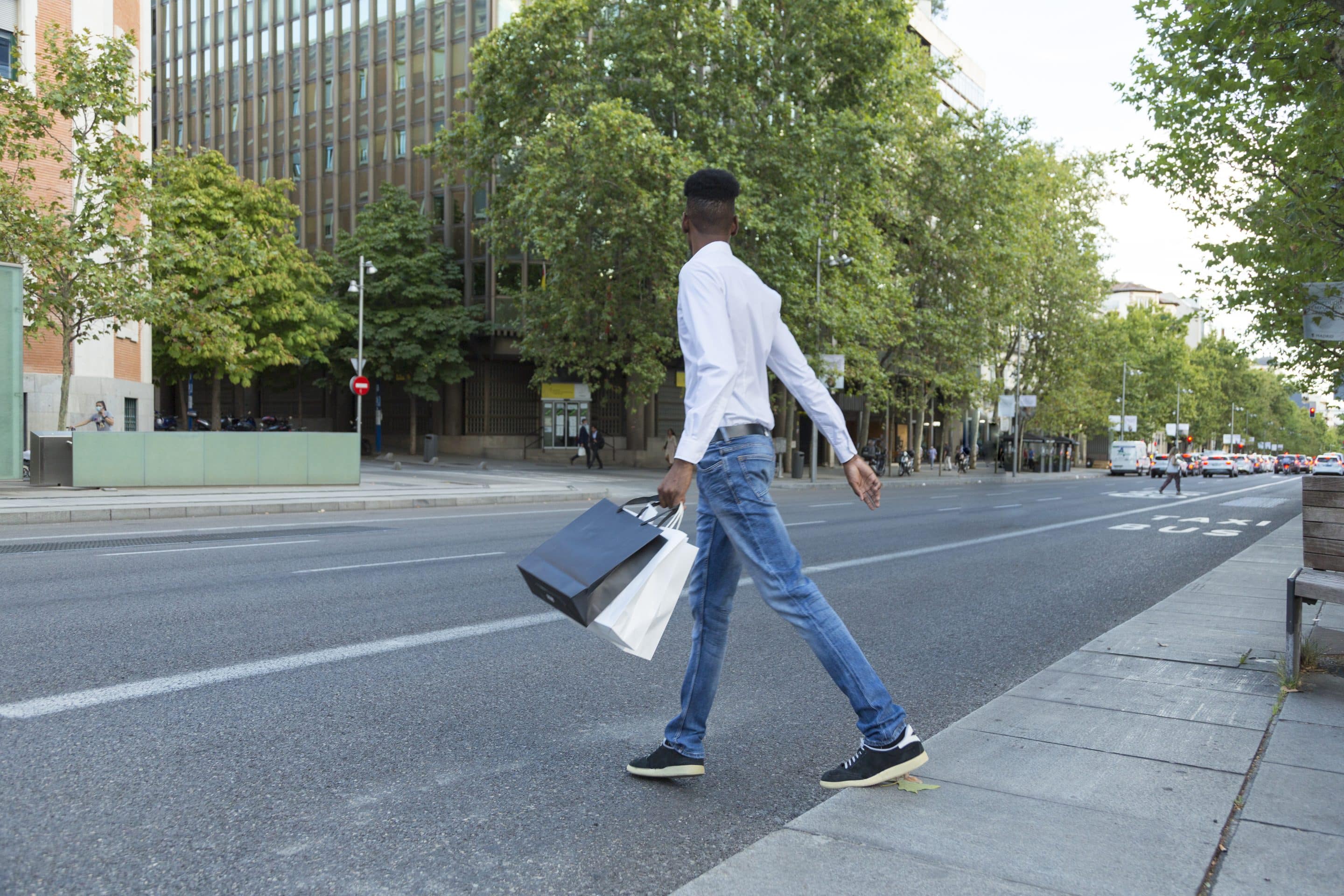
Q2: What compensation can a pedestrian seek after an accident?
Q3: Should I admit fault at the scene?
No. Avoid admitting fault, as it can complicate legal proceedings. Focus on providing accurate information to the police and your insurance company. Admitting fault prematurely could impact your ability to defend yourself legally, even if additional evidence later shows shared liability.
Q4: What should I do if the pedestrian’s injuries are minor?
Even if injuries appear minor, it’s essential to follow all legal protocols, including reporting the accident and seeking medical evaluations. Minor injuries can sometimes escalate into more severe conditions over time, so encourage the pedestrian to seek medical attention.
Q5: Do I need an attorney for a car-pedestrian accident?
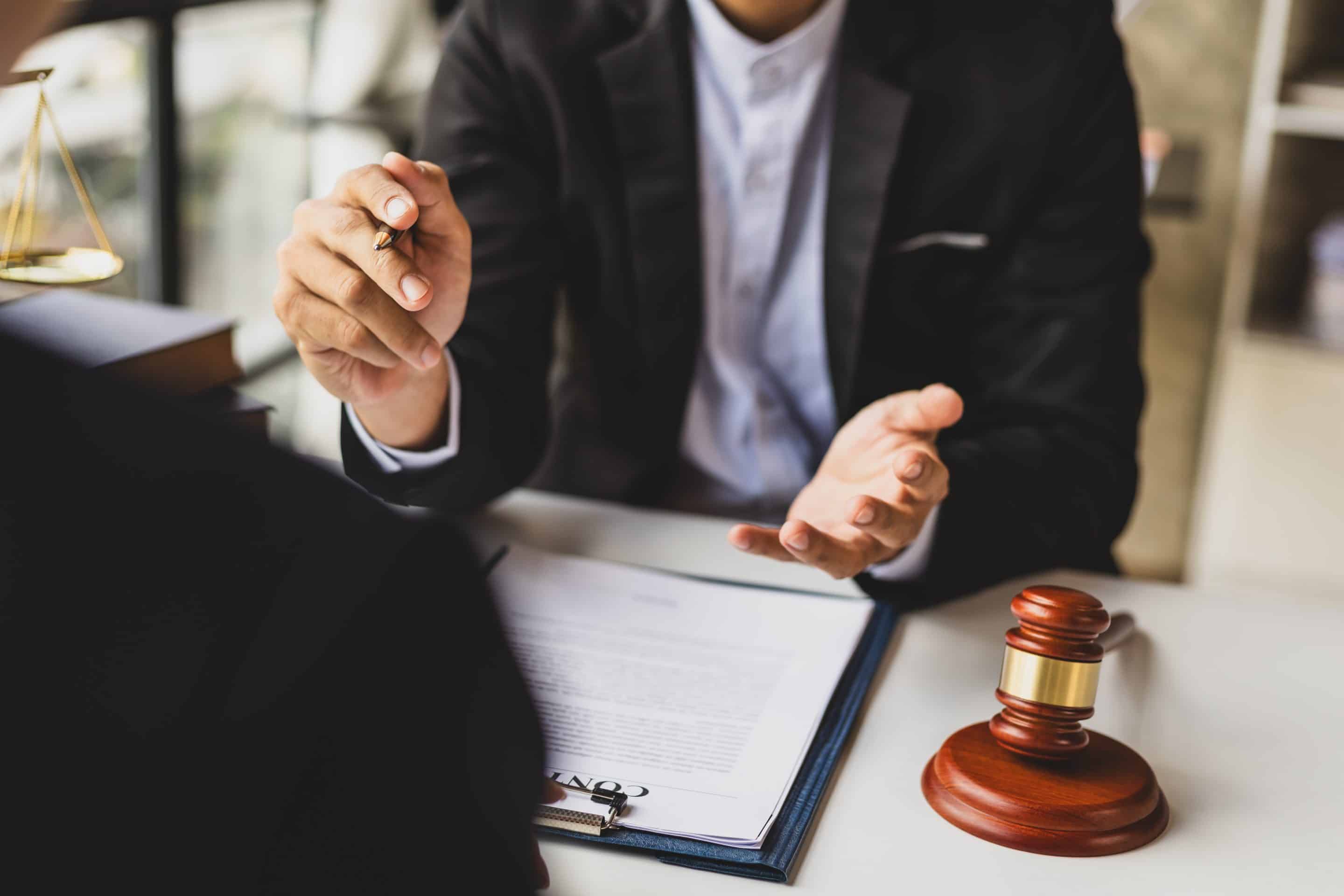
- Navigating Legal Processes: From filing claims to representing you in court, an attorney ensures you meet all legal requirements and adhere to deadlines for submitting documentation.
- Assessing Fault: Lawyers gather evidence, consult experts, and analyze the situation to determine liability accurately. This includes reviewing traffic camera footage, police reports, and witness statements.
- Maximizing Compensation: An attorney ensures fair compensation for pedestrians by assessing the full extent of damages, including non-economic factors like emotional distress. Drivers work to minimize financial and legal repercussions.
- Handling Insurance Companies: Insurers often aim to minimize payouts. An attorney can negotiate effectively on your behalf, ensuring you receive the compensation or coverage you deserve. They can also shield you from pressure to accept low settlement offers.
- Building a Strong Case: Attorneys gather substantial evidence to strengthen their position, whether they’re negotiating a settlement or preparing for trial. This evidence may include expert testimonies or accident reconstruction analyses.
- Providing Peace of Mind: Accidents are stressful, and navigating the legal system can be overwhelming. An attorney takes on these burdens, allowing you to focus on recovery and moving forward.
6. Why You Need Legal Representation for Car-Pedestrian Accidents
Accidents involving pedestrians are legally and emotionally charged. Here’s why hiring an attorney is not just beneficial—it’s essential:
- Complexity of Fault Determination: Even when the fault seems clear, insurance companies and opposing parties may challenge it. An attorney ensures fault is accurately assessed and backed by substantial evidence.
- Negotiating Fair Settlements: Without legal representation, you may accept a settlement far below what you deserve. Attorneys are skilled negotiators who can push for the maximum compensation.
- Understanding Legal Rights: Many people involved in accidents are unaware of their full legal rights. An attorney provides clarity and ensures those rights are upheld throughout the process.
- Avoiding Costly Mistakes: Missteps like missing deadlines, providing incorrect information, or agreeing to unfavorable terms can have lasting consequences. An attorney safeguards you from these pitfalls.
- Managing Emotional Stress: Dealing with an accident’s aftermath can be overwhelming. An attorney’s alleviates the stress of navigating legal and insurance processes, allowing you to focus on healing or rebuilding.
Call to Action
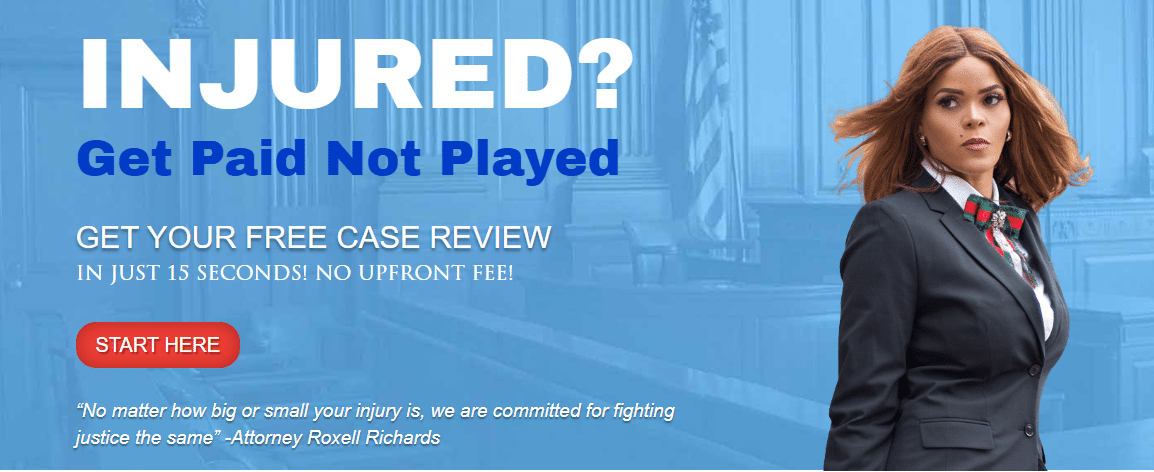
Contact Roxell Richards Law Firm today for a free consultation. Let’s work together to ensure the best possible outcome for your case. Call us now or visit our website to schedule an appointment. Your path to justice starts here!
By taking proactive steps and seeking legal guidance, you can navigate the complexities of car-pedestrian accidents with confidence. At Roxell Richards Law Firm, we’re here to help every step of the way.
Roxell Richards Injury Law Firm
Houston, TX z7057
Phone: (713) 974-0388
Fax: (713) 974-0003

